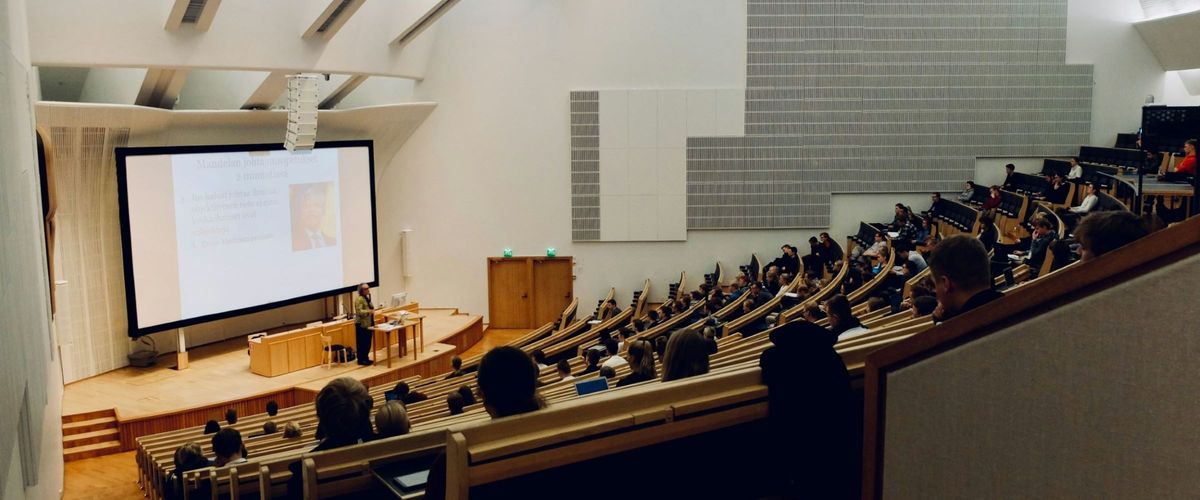1838
Harvard established the Harvard Loan Program, a private lending agency, utilizing funds from donors or alumni to students seeking support to fund their schooling. This concept soon extended through other Ivy League and state colleges and universities.
1944
The Servicemen’s Readjustment Act of 1944, informally known as the GI Bill, established benefits for veterans of WWII, championed by FDR and the American Legion. Viewed as a reward to servicemen, this act provided them with a minimum of one year of training or education. It was one of the first attempts at providing greater equality of opportunity in higher education.
However, the implementation of these policies only widened the income and wealth gaps. While 28% of GI bill recipients enrolled in colleges and universities, only 12% of Black veterans did. This resulted in an overcrowding of HBCUs and a widening of the pre-existing mobility gaps, particularly in the South, where the GI bill reinforced Jim Crow era policies.
1947
The Senate Special Committee Investigation of National Defense Program, or the Truman Commission Report, questioned the return on investment in education of the GI Bill, and the possibility for private profiteering. This led to the Special Committee Report in 1951 which was the first to argue that federal lending and aid were increasing costs, leading to the establishment of accreditation of schools.
1956
The Massachusetts Higher Education Assistance Corporation (MHEAC), now known as American Student Assistance, started as a guaranteed loan program for students in Massachusetts with money raised through local philanthropic donations. This provided a model for the federal student lending program and today is a non-profit loan collection agency with over one million borrowers.
1958
The National Defense Education Act (NDEA) was passed in response to the space race. This offered the first national student loans, later renamed the Perkins Loan program. These loans were directly available from the federal government on the basis of need. This act also had the first loan forgiveness clause, with a 15% reduction in payments for each year teaching in a school.
1965
The Higher Education Act (HEA) created a guaranteed loan programs establishing that loans borrowed by students from private loan companies were now guaranteed by the federal government if students defaulted.
1972
The HEA Reauthorization Act established Educational Opportunity Grants for students with the greatest financial need, later known as Stafford Loans. It also created the Student Loan Marketing Association, now known as Sallie Mae.
1978
The Middle Income Student Assistance Act (MISAA) amended the HEA of 1965 to eliminate the income requirement for student loans, opening loans and attempting to make higher education more accessible to middle class families.
1980
The HEA Reauthorization Act established Pell Grants as a need based grant program to students to open up access to undergraduate education. Pell Grants, unlike loans, do not have to be repaid except under certain circumstances. This act also established the Parent PLUS program, where parents of dependent undergraduate students can take out loans for their child’s education.
1981
The Omnibus Reconciliation Act repealed MISAA and extended the PLUS program to include loans for independent undergraduate, graduate and professional students under the Auxiliary Loans to Assist Students (ALAS), which briefly replaced PLUS.
1986
The HEA Reauthorization prohibited students in default from taking out new loans, and split ALAS into the Supplemental Loan to Students and PLUS loans.
1992
The HEA Reauthorization Act established a pilot program of direct lending to students with the goal of converting the federal government’s guaranteed loans to a direct lending program.
1993
The Student Loan Reform Act furthered the conversion into a direct lending program with a goal of converting 60% of all loans into direct loans within 5 years. It also amended the HEA to ease the repayment process.
1998
Established the Income Sensitive Repayment Plan for Federal Family Education Loans program (FFEL) borrowers, which takes borrower income into consideration when establishing loan payments based on a ten year term.
2005
The Higher Education Reconciliation Act allowed professional and graduate students to borrow through the Parent PLUS program.
2007
The College Cost Reduction and Access Act (CCRAA) established the Public Service Loan Forgiveness (PSLF) program, where direct loan borrowers who make 120 qualifying monthly payments while working full time for a qualified employer can have the remainder of their loans forgiven. It also established the Income-Based Repayment Plan.
2008
The Higher Education Opportunity Act (HEOA) is a reauthorization of the HEA which requires schools with the highest tuitions and costs provide plans for reducing costs.
2010
The Health Care and Education Reconciliation Act (HCERA) repealed the FFEL programs so all federal loans with the exceptions of Perkins Loans would be direct loans.
2011
The Pay As You Earn (PAYE) plan was introduced by the Obama administration via executive order. This was a repayment plan with monthly payments equal to 10% of discretionary income, and is part of the Income-Driven Repayment Plans.
2014
The Obama administration expanded the PAYE plan by executive order.
2020
The Trump administration paused repayments and accrual of interest on student loans due to the COVID-19 epidemic based on the HEROES act, with repayments resuming in 2023.
2022
The Biden administration passed through executive decision the intention to cancel up to $20,000 in student loans for borrowers who qualify.
2023
The Supreme Court rules in Biden v. Nebraska that the Biden administration overstepped its authority in its executive decision to cancel student loan debt.
2024
The Biden administration launched the Savings on a Valuable Education (SAVE) Plan by executive order. This is an income driven repayment plan which lowers payments for borrowers based on income and family size. It also adjusts interest so costs don’t grow as much, and gives forgiveness for those who originally borrowed $12,000 or less forgiveness after ten years or more.
